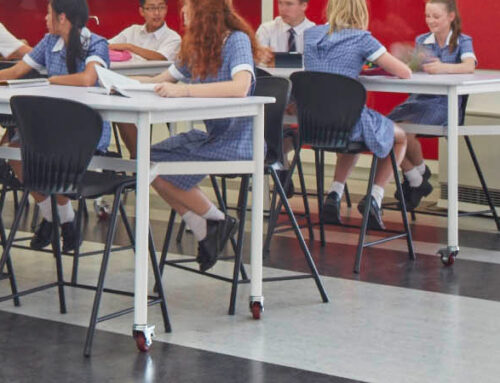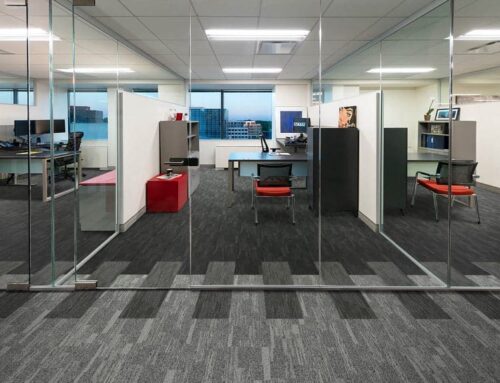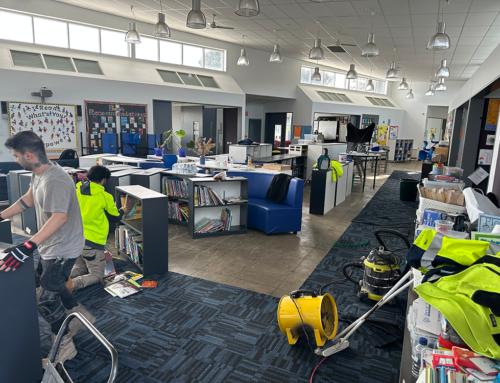In recent years, incidents have been reported where occupant’ health and comfort problems have been associated with VOC’s in their homes, workplace, Schools or with other buildings. These cases were qualified as a “Sick-building Syndrome (SBS) or a Building Related Illness (BRI)” Research shows that building materials play a significant role in causing such problems.
What are VOC’s?
VOC (volatile organic compounds) emissions consist of a range of volatile organic compounds, which at room temperature may bereleased from materials or products in the form of gases. Some of the common sources of VOC’s in the indoor environment are:
- Cleaning agents and polishes
- Cosmetics and deodorants
- Building materials. (e.g. adhesives, laminates, caulking compounds.)
- MDF (medium density fibreboard)
- Furniture, drapery and floor coverings
- Office Equipment (e.g. Photocopiers and laser printers)
- Carpets and VOC emissions
As part of the manufacturing process the carpet is baked in a finishing oven at 150 to 170 degrees Celsius, which drives off most of the volatile chemicals including solvents in adhesives and raw materials, leaving a product that has a low VOC content. When compared with other building materials with significant indoor exposure, carpet is a minor contributor to VOC emissions. Approximately 90% of all VOC’S discharged from carpet dissipate within 2 days of installation.
After 96 hours, carpet VOC emissions fall to less than 1% of the initial value.
(See SKBrown report “Indoor air pollution Lowering emissions of Chemical released from Manufactured products HAZMAT Conference 2003)






